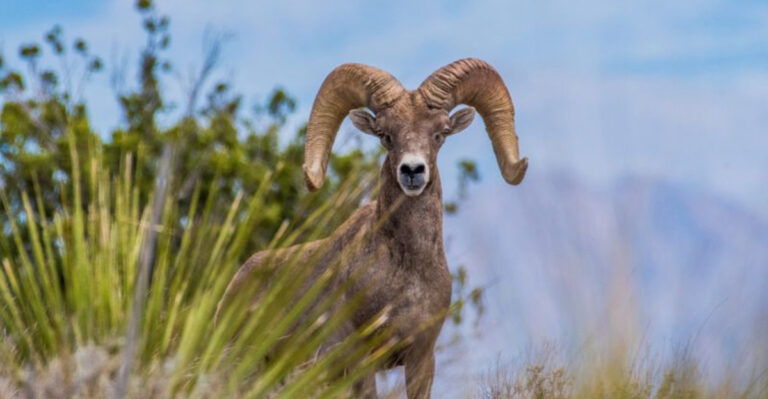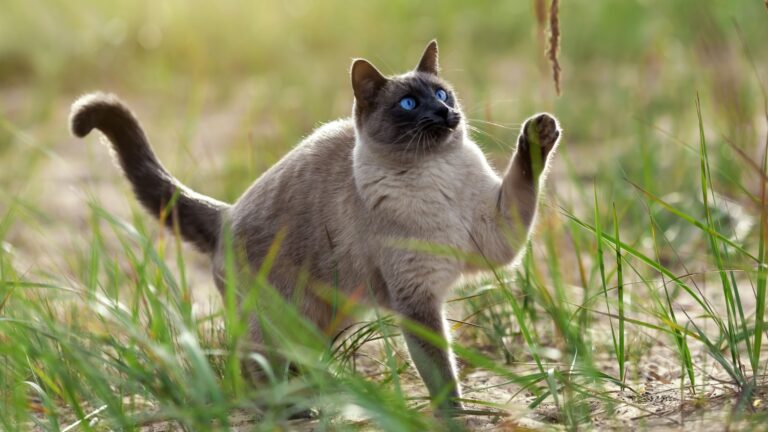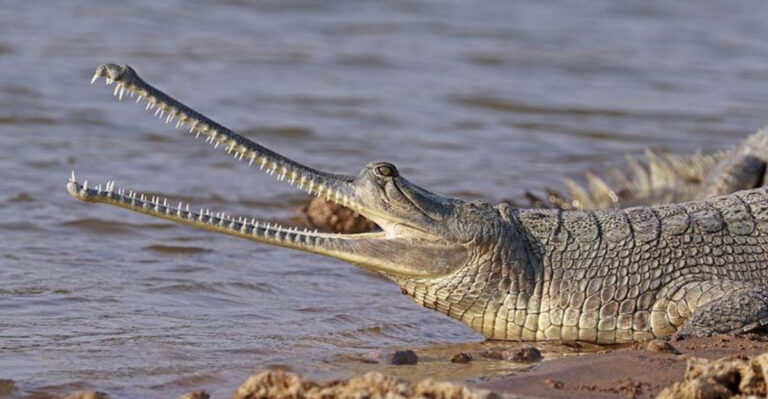14 Small Dog Breeds Unsuitable For Families With Kids
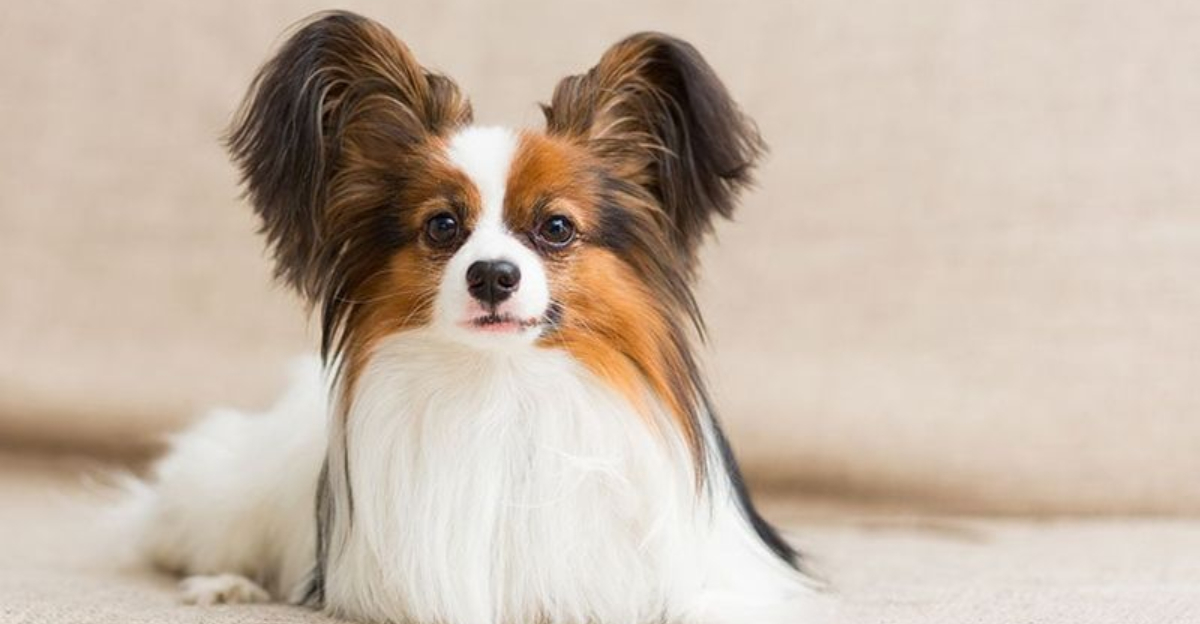
Thinking about adding a furry friend to your family? While dogs make wonderful companions, not all breeds mesh well with the energy and unpredictability of children.
Small dogs often have specific temperaments that might clash with young kids. Understanding which breeds might struggle in family settings can help you make a smarter choice when selecting your next four-legged family member.
1. Chihuahuas: Tiny Bodies, Giant Attitudes

Famously feisty, Chihuahuas pack enormous personalities into their tiny frames. These pint-sized pups often form strong bonds with one person and can become jealous or snappy around children who demand attention from their chosen human.
Their fragile bodies are easily injured by rough handling or accidental falls, making them nervous around unpredictable kids. Many Chihuahuas simply lack the patience for children’s natural exuberance and noise levels.
2. Yorkshire Terriers: Delicate Divas
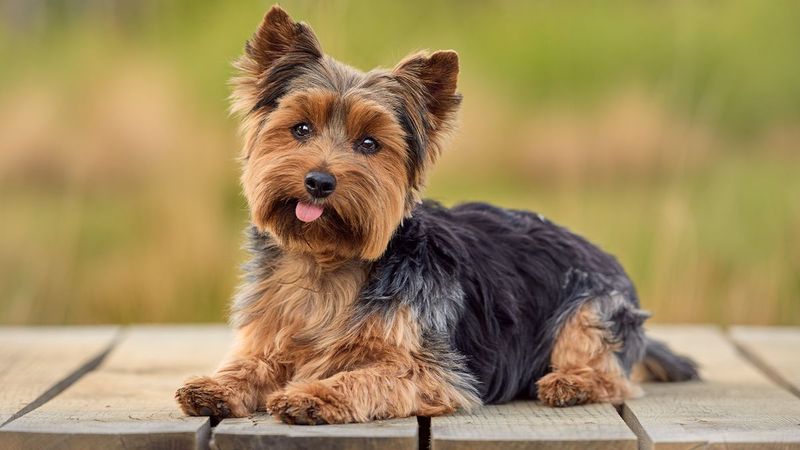
Yorkies may look like living dolls, but these sophisticated little dogs aren’t typically keen on being treated like toys. Their silky coats require significant maintenance that curious little fingers might disrupt.
Weighing barely 7 pounds, Yorkies can easily be injured during enthusiastic play. Despite their small size, they possess terrier tenacity and won’t hesitate to nip when feeling threatened or overwhelmed, making them poor matches for households with young children.
3. Dachshunds: Back Problems and Stubbornness
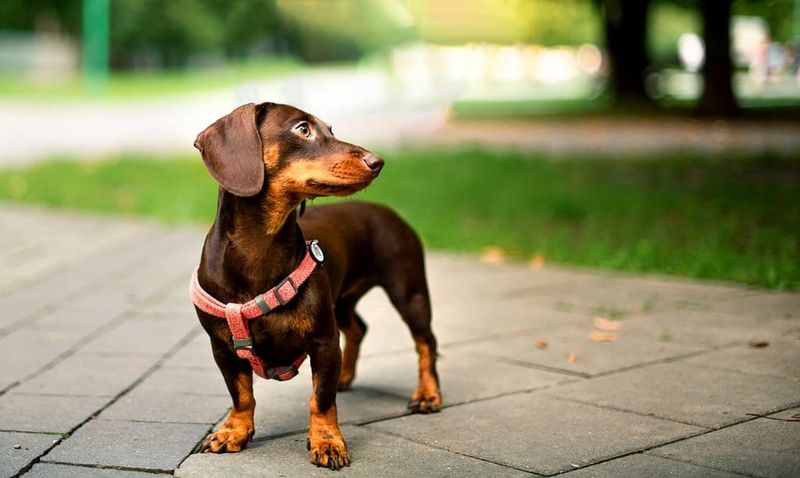
Those adorable wiener dogs with their elongated bodies face serious health risks when mishandled. Their unique spine structure makes them vulnerable to back injuries if picked up incorrectly or dropped – common occurrences with young children.
Dachshunds were bred to hunt badgers, giving them a stubborn, independent streak. Many dislike being restrained or cuddled against their will. Their hunting instincts can also trigger resource guarding, creating tension when kids approach their food or toys.
4. Pekingese: Imperial Temperaments

Once companions to Chinese royalty, Pekingese dogs still carry themselves with imperial dignity. They’re generally aloof and intolerant of rough handling, making them poor matches for energetic children who might not respect their boundaries.
Their flat faces create breathing difficulties, causing them to overheat easily during play. Pekingese also shed extensively, potentially triggering allergies. Their long, luxurious coats tangle easily when petted incorrectly – something children might not understand.
5. Shih Tzus: High-Maintenance Companions

Behind those adorable faces lie dogs requiring significant grooming commitment. Their long, flowing coats become painfully matted without daily brushing – a routine easily disrupted in busy households with children.
Shih Tzus’ prominent eyes are vulnerable to injury during rough play. Many develop food guarding behaviors and become snippy when disturbed while eating or resting. Their small size combined with a somewhat stubborn nature creates a challenging mix in homes with active kids.
6. Miniature Pinschers: Energy Without Boundaries

Nicknamed “King of Toys,” Min Pins possess fearless personalities that far exceed their small stature. These dogs never received the memo about their size, often challenging larger dogs and refusing to back down from confrontation.
Their boundless energy requires constant supervision around children. Min Pins frequently jump, dart, and change direction unexpectedly. Their thin legs can break easily if stepped on or grabbed incorrectly. Additionally, their sharp, quick movements may frighten or overwhelm younger children.
7. Papillons: Nervous Butterfly Ears
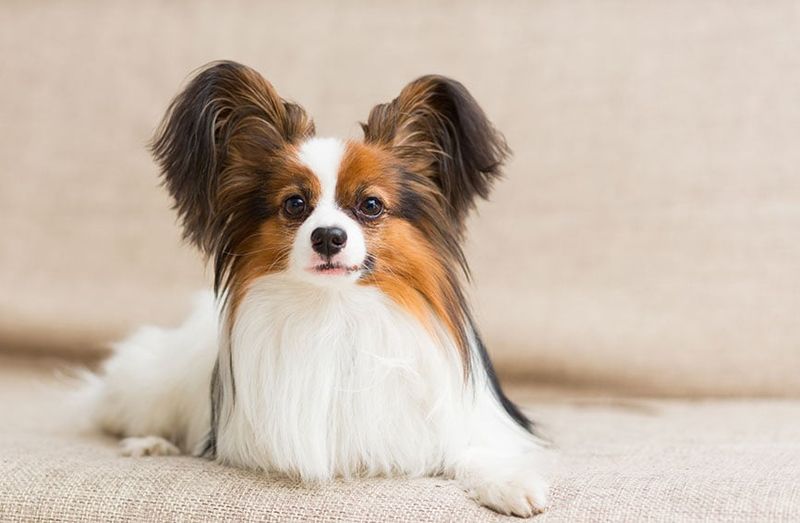
Named for their butterfly-like ears, Papillons are intelligent but highly sensitive dogs. Loud noises, sudden movements, or chaotic environments can trigger anxiety behaviors including trembling, hiding, or defensive nipping. Their delicate bone structure makes them vulnerable to injury during play.
Many Papillons develop severe separation anxiety, becoming destructive when left alone. Despite their cheerful appearance, these dogs typically prefer quiet, predictable environments – the exact opposite of what most households with children provide.
8. Italian Greyhounds: Fragile Speedsters
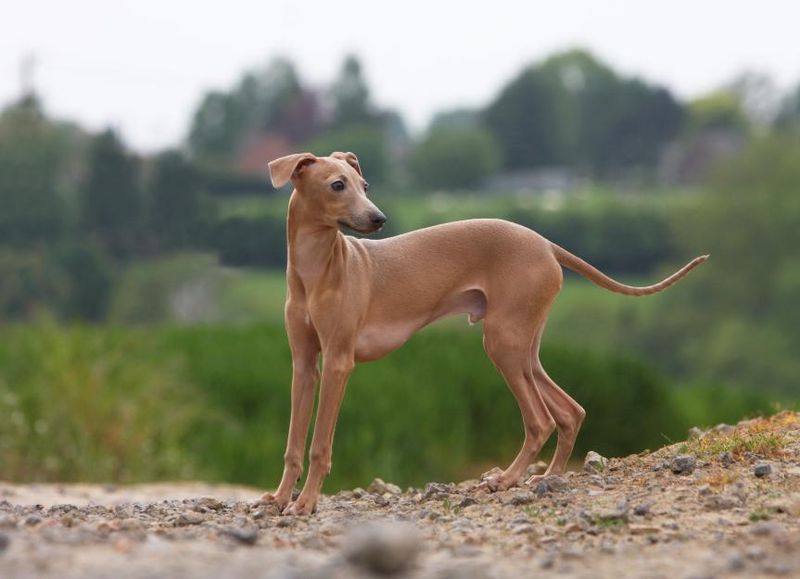
Resembling miniature versions of their larger cousins, Italian Greyhounds possess incredibly delicate limbs. Their thin legs snap easily when jumped on or during falls – a serious concern in homes with active children who might accidentally collide with them.
These sensitive dogs startle easily and prefer quiet environments. Many Italian Greyhounds struggle with house training, a frustration for families already managing children’s messes. Their thin skin tears easily, and they lack body fat, making them vulnerable to cold and rough handling.
9. Brussels Griffons: Sensitive Souls

Those expressive, almost human-like faces reveal highly sensitive personalities. Brussels Griffons form intense bonds with adult owners and often become jealous when attention shifts to children. Their prominent eyes are vulnerable to injury during play.
Many Griffons suffer from separation anxiety when their chosen person isn’t available. Their bearded faces require regular cleaning to prevent skin infections – maintenance easily overlooked in busy households. Despite their sturdy appearance, these dogs typically prefer predictable, calm environments without the chaos children bring.
10. Chinese Crested: Unique Needs, Delicate Skin
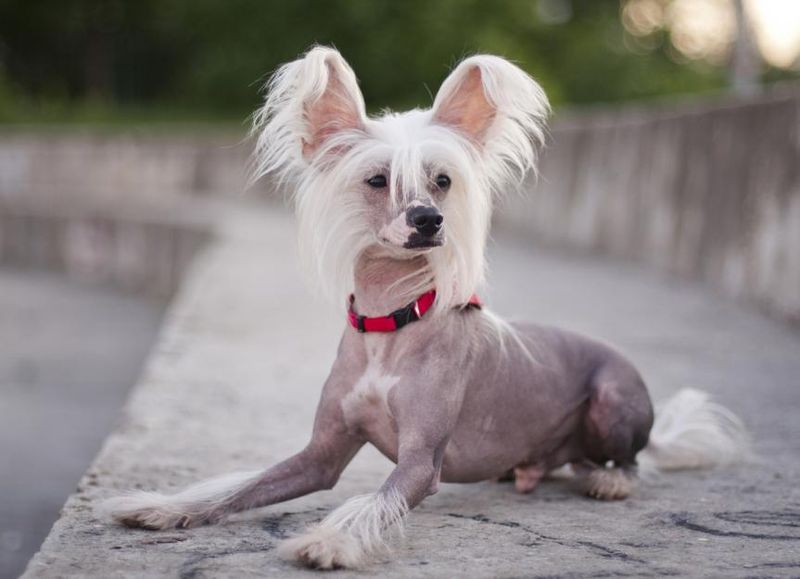
Available in both hairless and powderpuff varieties, Chinese Cresteds require exceptional skin care. The hairless variety needs sunscreen to prevent burning and moisturizer to prevent dryness – regimens difficult to maintain with curious children around.
Their exposed skin tears easily during rough play. Many develop dental issues requiring careful attention. Chinese Cresteds bond intensely with adult owners and often become anxious or defensive around children who approach their person. Their unusual appearance also makes them targets for unintentional teasing.
11. Maltese: White Coats, Strong Opinions
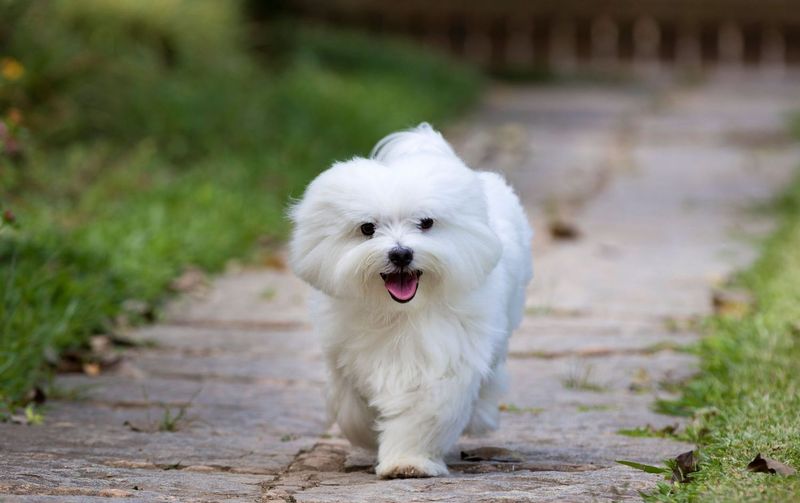
Behind those flowing white coats and sweet expressions lurk surprisingly strong-willed personalities. Maltese dogs often develop “small dog syndrome,” believing they run the household and becoming snippy when their authority is questioned by children.
Their pristine coats instantly show dirt and require daily brushing to prevent painful mats. Maltese commonly suffer from dental problems needing regular attention. Their delicate frames can’t withstand rough handling, and many develop resource guarding behaviors around food, toys, and favorite people.
12. Lhasa Apsos: Ancient Guardians, Modern Challenges
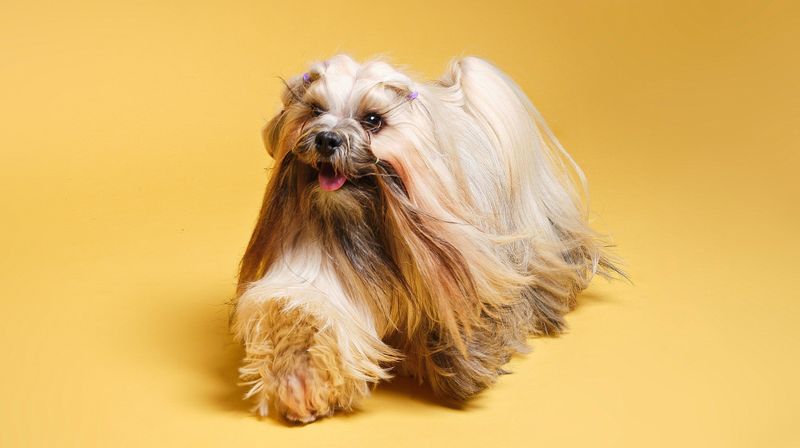
Originally bred as Tibetan temple guardians, Lhasa Apsos retain strong protective instincts that can manifest as suspicion toward visitors or even family friends. Their independent nature makes training challenging, especially in distracting family environments.
Long, flowing coats require extensive grooming that children might disrupt. Lhasas are known for their stubborn streaks and can become snappy when handled against their will. Their natural wariness combined with a low tolerance for rough play creates a poor match for families with young, active children.
13. Japanese Chin: Royal Refinement
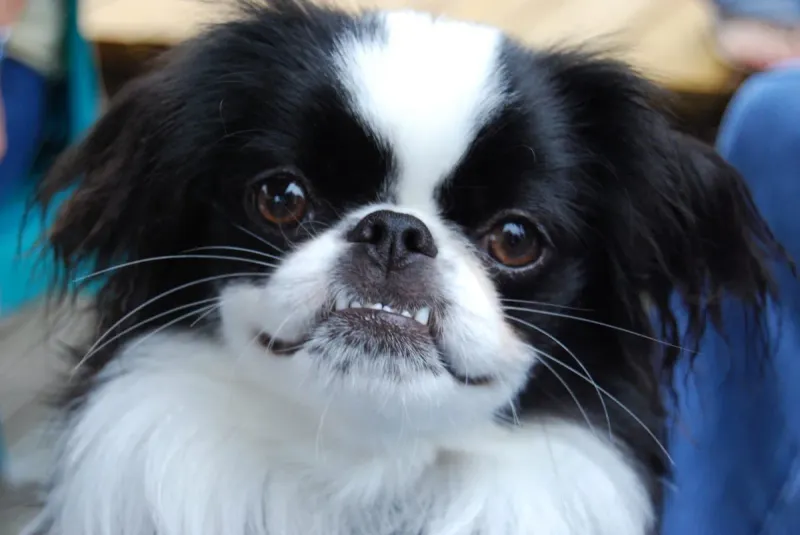
Historically companions to Japanese nobility, these dogs maintain aristocratic expectations about their treatment. Japanese Chins prefer quiet, orderly environments and become stressed by the noise and unpredictability that accompany children.
Their flat faces create breathing difficulties, limiting their ability to play actively or tolerate heat. Many develop anxiety in chaotic situations, responding with nervous behaviors or digestive issues. Their delicate bone structure combined with a somewhat haughty temperament makes them unsuitable companions for families with energetic youngsters.
14. Affenpinschers: Monkey-Faced Mischief Makers
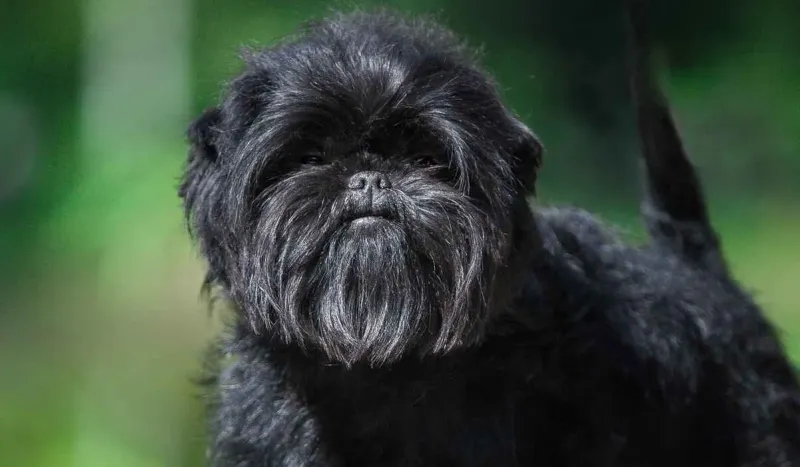
Nicknamed “monkey dogs” for their distinctive faces, Affenpinschers possess terrier-like determination and stubbornness. These dogs commonly guard resources, becoming defensive around food, toys, or favorite resting spots – behaviors incompatible with curious children.
Their wiry coats tangle easily when handled roughly. Many Affenpinschers display jealousy when their owners show affection to others, including children. Despite their small size, they have strong personalities and won’t hesitate to stand their ground, sometimes leading to nipping when they feel cornered or threatened.




